20.05.2021
The O2 5G network is growing rapidly:Telefónica / O2 offers fast 5G network in around 60 cities
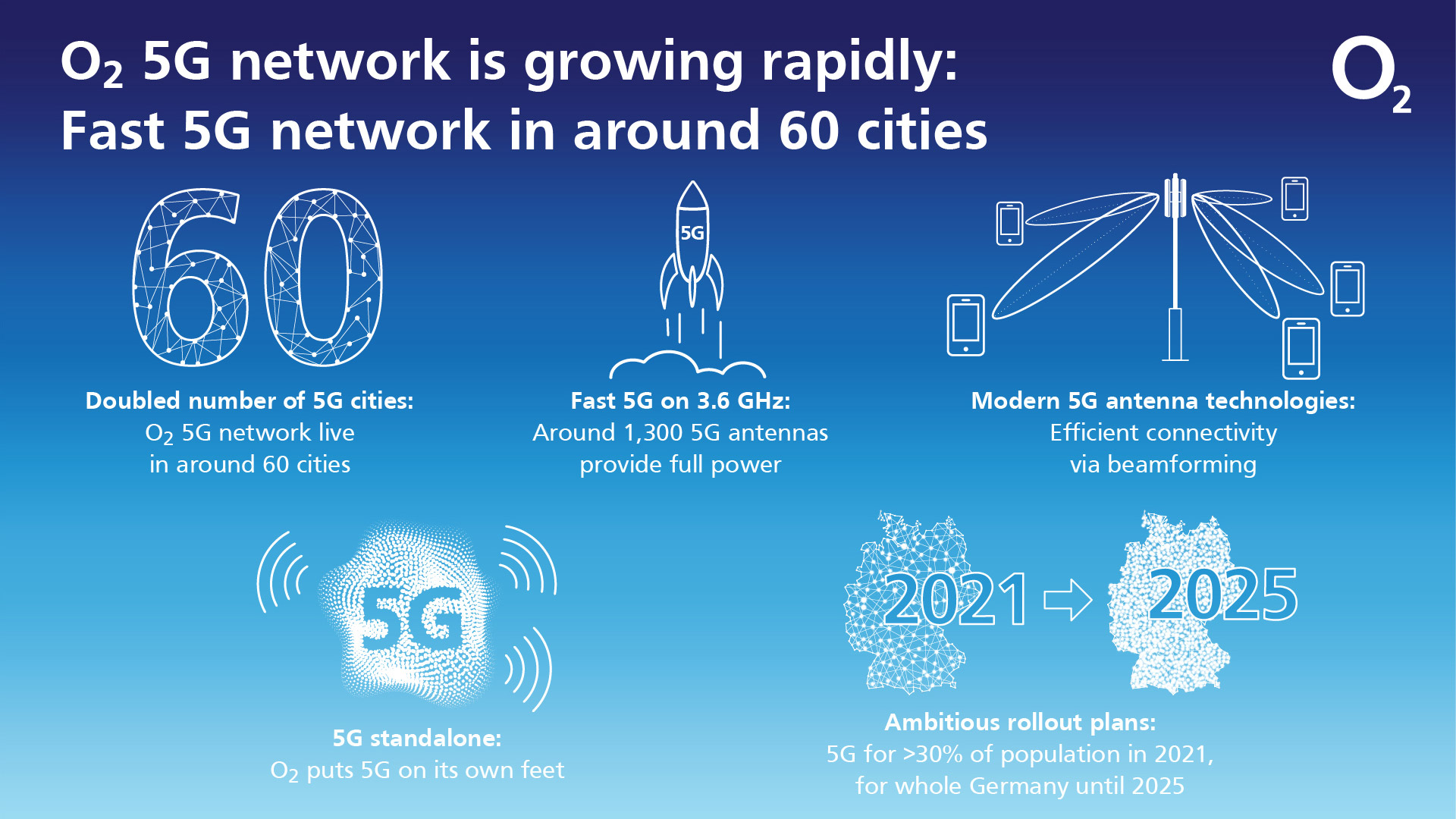
Telefónica Deutschland / O2 has further accelerated its nationwide 5G rollout.
Telefónica Deutschland / O2 has further accelerated its nationwide 5G rollout. Around 1,300 5G antennas are now live in around 60 cities. This means that O2 has doubled the number of cities with 5G coverage within just a few weeks. All 5G antennas are transmitting over the powerful 3.6 GHz frequencies, offering O2 customers high speeds, short latencies and thus an overall better 5G network experience. In addition, O2 has reached a technological milestone: the provider has launched its new 5G standalone core network and is putting the 5G standard on its own feet. Telefónica Deutschland / O2 has thus laid the technological foundation in its network at an early stage to enable even the most demanding 5G applications for private and business customers in the future.
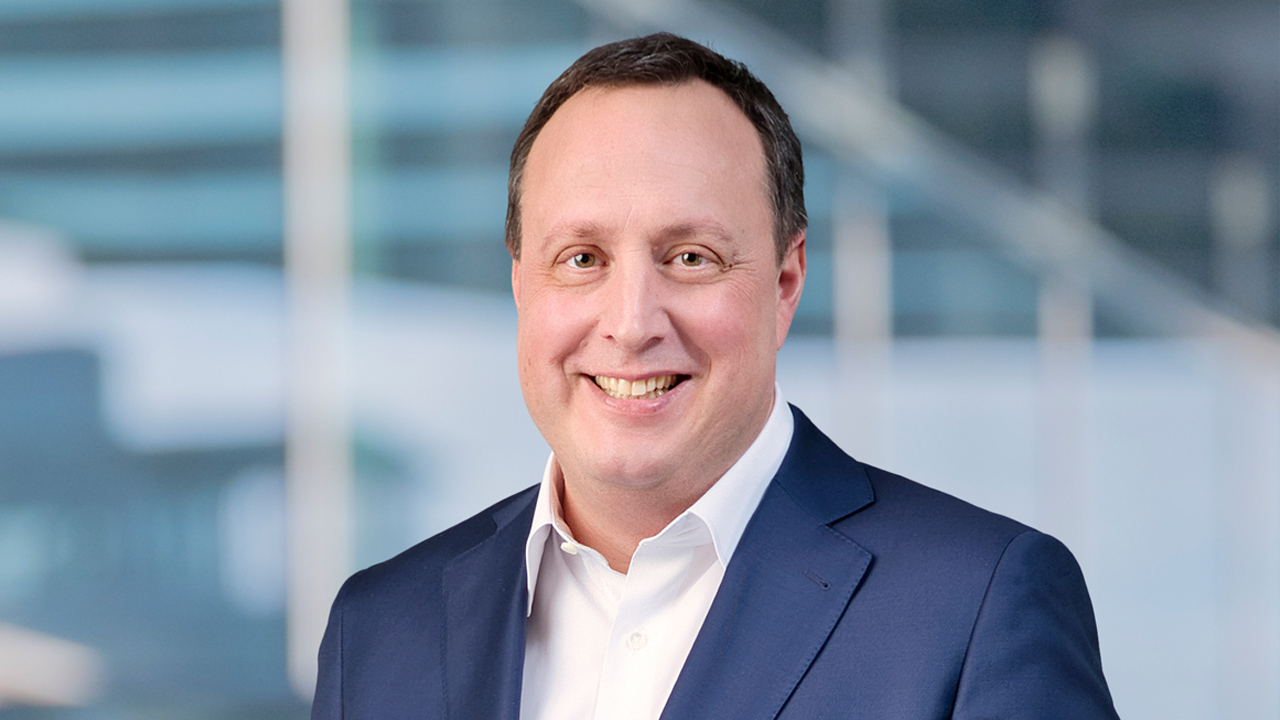
Markus Haas
"We are building a powerful 5G network for Germany and, as a driver of digitalization, are continuing to go full throttle. We are investing around 1.3 billion euros this year alone to make our very good O2 network even better," says Markus Haas, CEO of Telefónica Deutschland / O2. "By the end of the year, we will cover more than 30 percent of the population with 5G and the whole of Germany by 2025. This will bring the full 5G power to every corner of the republic, enabling new connectivity solutions for businesses and democratizing high-tech for consumers."
5G live on 3.6 GHz in more and more cities
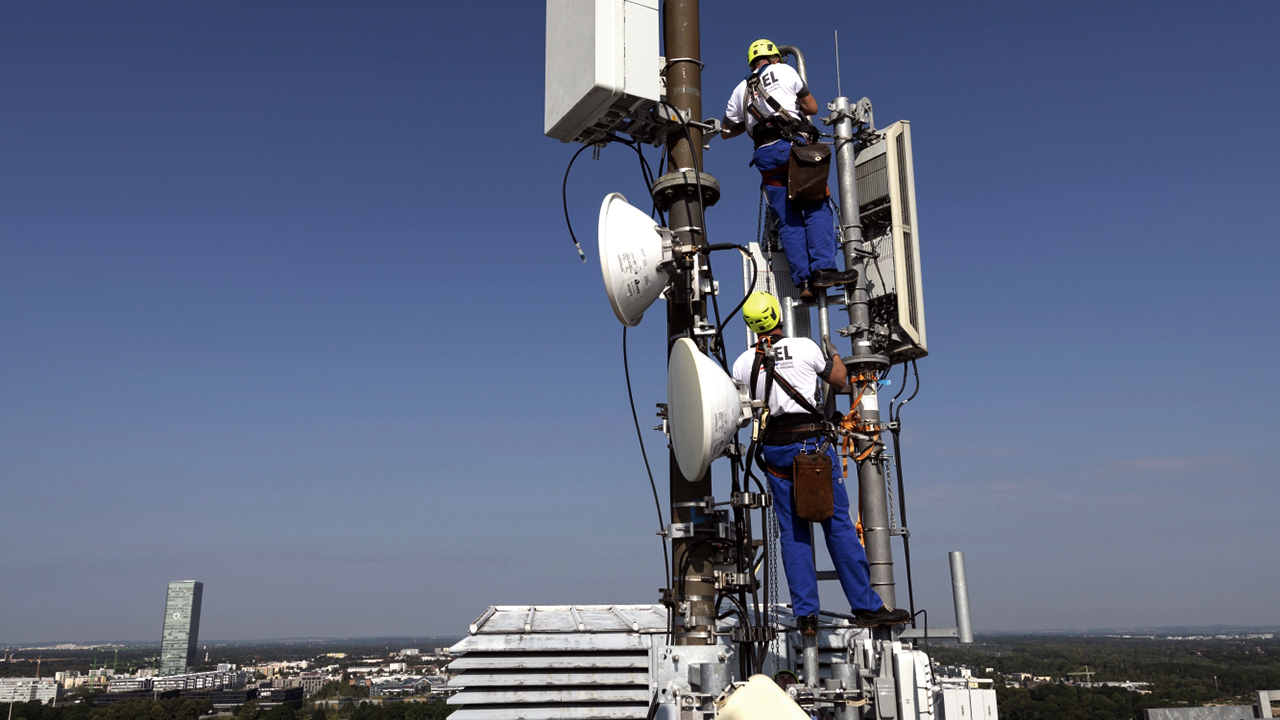
Telefónica Deutschland / O2 is starting the 5G expansion turbo this year.
After Telefónica Deutschland / O2 launched its O2 5G network in the five largest German cities of Berlin, Hamburg, Munich, Cologne and Frankfurt last year, the company is starting the 5G expansion turbo this year. In the past six weeks alone, the O2 5G network has grown rapidly to around 1,300 5G antennas on the 3.6 GHz frequency. O2 has vigorously expanded its network in existing 5G cities on the one hand. For example, more than 250 5G antennas are already transmitting on 3.6 GHz in the German capital Berlin, over 120 in Hamburg as well as over 100 each in Munich, Cologne and Stuttgart. In addition, O2 has launched its 5G network in numerous additional cities in recent weeks, including Augsburg and Ingolstadt (Bavaria), Aachen, Gelsenkirchen and Schwerte (North Rhine-Westphalia), and Sindelfingen, Affalterbach and Marbach am Neckar (Baden-Württemberg). The first 5G sites are also live in Wiesbaden (Hesse) and Mainz (Rhineland-Palatinate).
O2 increasingly bringing 5G to rural regions
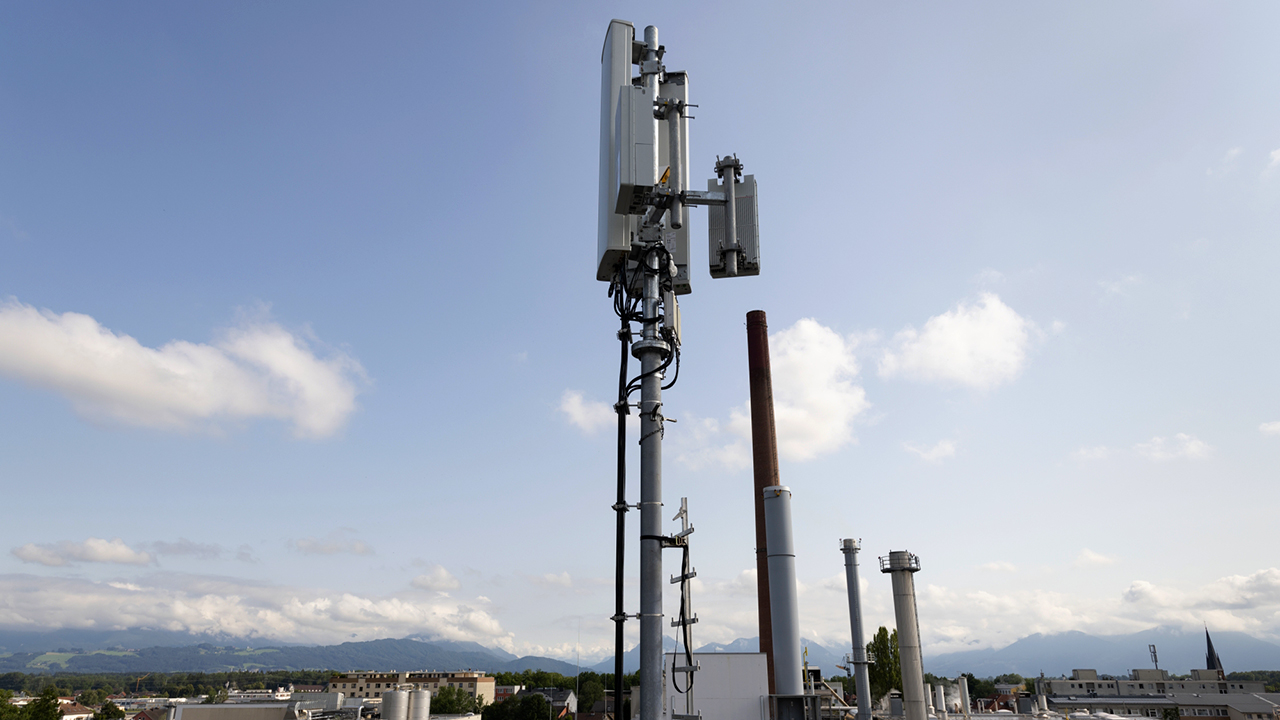
O2 is providing an even better area coverage with the new mobile communications standard and is thus also increasingly supplying rural regions.
The telecommunications provider's ambitious 5G expansion plans are now continuing at a rapid pace: in total, O2 is strengthening its 5G network this year with 5,000 additional 5G antennas in the 3.6 GHz range. In addition, several thousand additional 5G antennas will be added over the course of the year, transmitting on other frequencies. With 5G on 700 MHz, O2 is providing an even better area coverage with the new mobile communications standard and is thus also increasingly supplying rural regions. In addition, O2 is using dynamic spectrum sharing (DSS) technology in the 1800 MHz range, which transmits 4G and 5G in parallel. This enables customers to surf on both the 4G and 5G networks - albeit not as fast as over the powerful 3.6 GHz frequencies, which O2 is rolling out on a prioritized basis.
For 3.6 GHz, O2 uses the latest antenna technologies like beamforming, which enable even more efficient and targeted connections between customers and base stations. Instead of the usual circular transmission of mobile communications signals, targeted signals are now transmitted - depending on demand and digital application. This ultimately results in better reception quality and higher network performance for O2 customers.
New 5G standalone core network opens up full potential of 5G
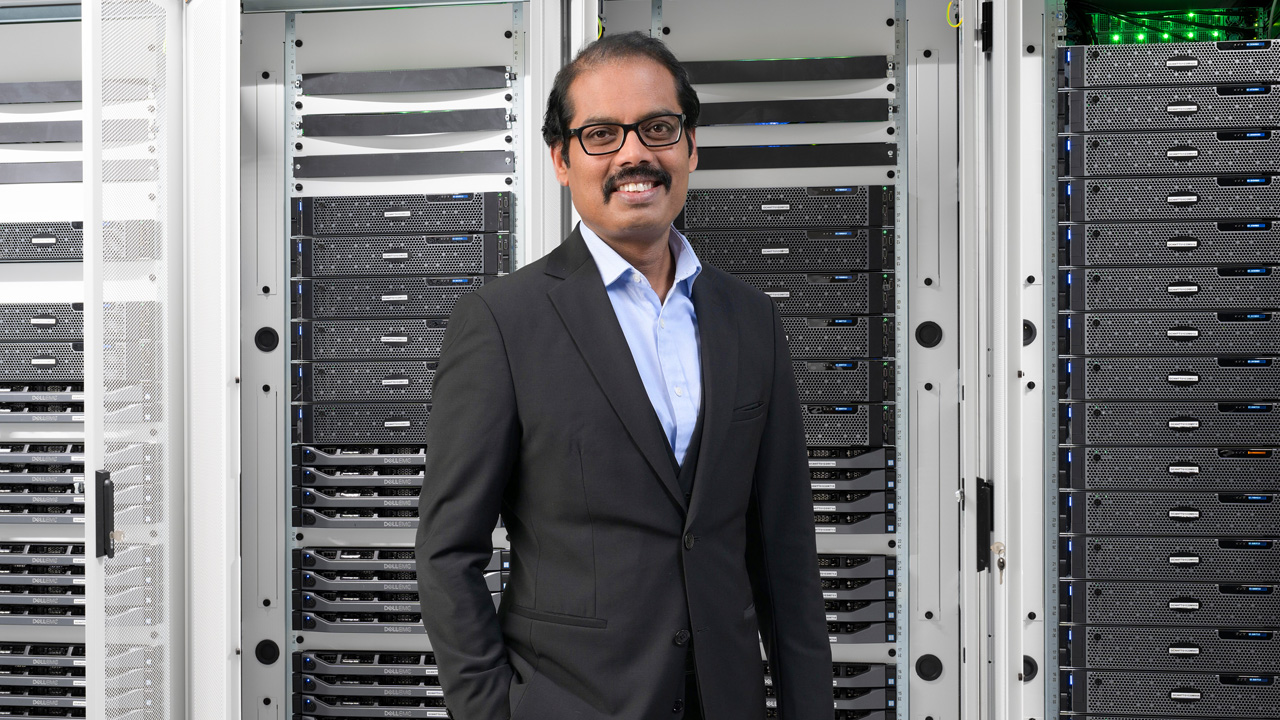
Mallik Rao
The telecommunications provider has also achieved a real technological leap: Telefónica Deutschland / O2 has launched its new 5G standalone core network, which will put the mobile communications standard on its own feet in the future and end the existing technical dependencies on the 4G network (5G non-standalone). The new 5G standalone servers in the Munich data center are already connected to 5G antennas in the O2 live network.
"We are proud to have implemented our new 5G standalone core network. Our O2 network of the future is taking clear shape. Whether it's gigabit data rates, real-time communications and separate networks for our business customers - with 5G standalone we are significantly expanding the digital playing field," said Mallik Rao, Chief Technology & Information Officer of Telefónica Deutschland / O2. "We are continuously working on the further development of 5G in order to be able to offer our customers in the O2 network the full potential of 5G as quickly as possible."
5G standalone scores particularly well due to the even lower latency times of a few milliseconds and higher data rates in the gigabit range, which result from the bundling of different 5G frequency bands (carrier aggregation). These advantages are important for mobile gaming, virtual and augmented reality, and connected driving, for example, in order to ensure optimum, delay-free connectivity for these applications. The company will provide commercial offers for O2 customers as soon as 5G standalone brings real benefits to the mass market.
By summer 2021, the focus will now be on implementing the new 5G core network nationwide in all of the company's own data centers. This means that the O2 network is not only optimally prepared for the future requirements of the 5G era, but is also at the forefront of technology among German networks.
The Telefónica / O2 5G data center in Munich
Weniger Bilder
Mehr Bilder (7)
Weniger Bilder